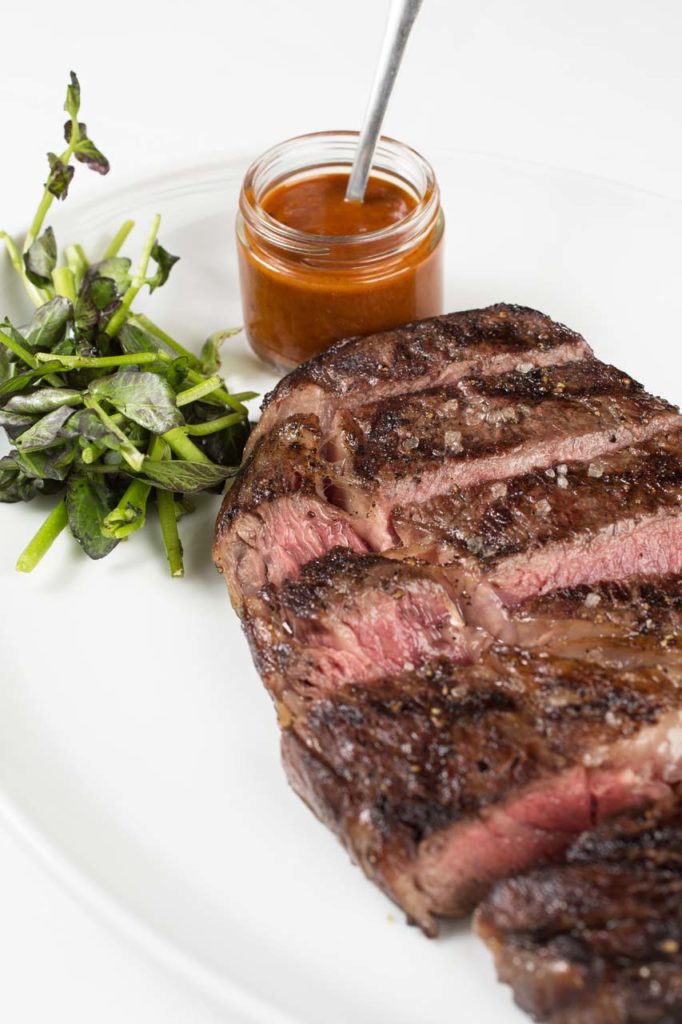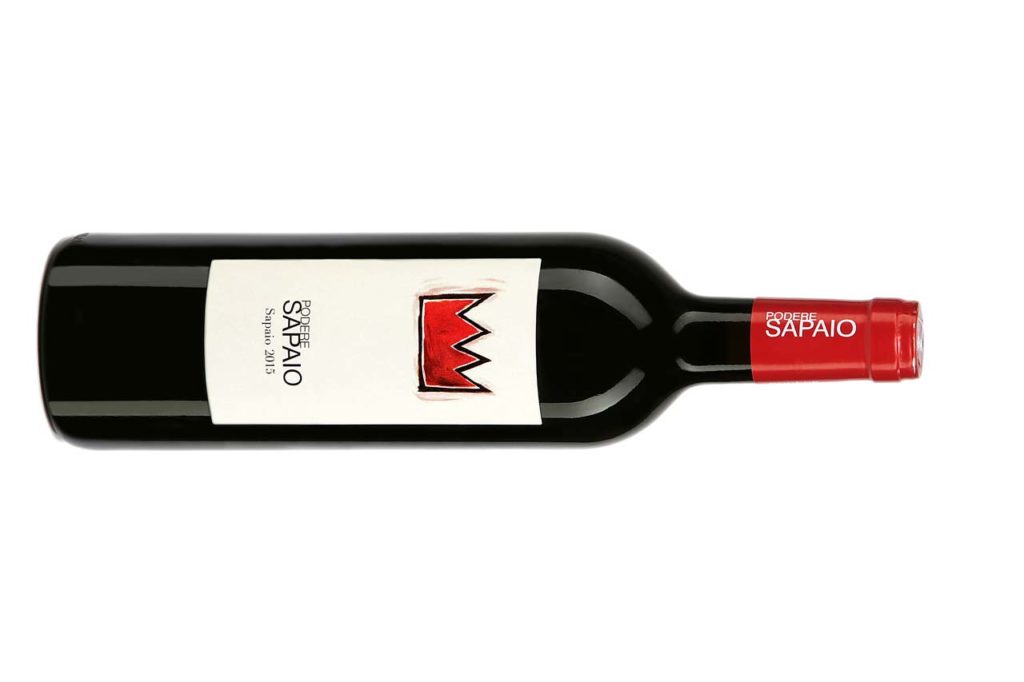HOW A DRY AGED STEAK PROCESS WENT FROM GOOD IDEA TO AN INVENTION EXCLUSIVE TO ME AND MY RESTAURANT
BY DAVID BURKE
Summer at the Jersey Shore is serious grilling time for my family, and one of our favorite July and August meals is dry aged steak. You simply can’t get a better piece of meat than my salt dry aged beef, and that ain’t just bragging, because the process I utilize is so special that I received a U.S. patent on it. It’s number 0310736A1 for you researchers out there and begins “A process for dry aging meat [that] uses an enclosed, atmosphere controlled room with forced circulation, containing a stainless steel salt rack with a salt brick Stack covering one wall.”

But let’s start with the basics. First, I purchase the best beef, of course. For this I look to the Allen Brothers in Chicago and Pat LA Frieda in Weehawken, together the best purveyors of beef in America. There are three grades, the best being prime, then select and choice. Only two percent of beef sold in the United States is prime, and that’s what we serve in my restaurants. We place whole sides in a specially designed refrigerator about the size of the entire kitchen here at Drift house. At any one time, there is between $80,000 and $90,000 worth aging in “the box” for 40 days, the walls of which are lined with pink Himalayan salt bricks. (You may have seen these at my restaurants, as we use them as eye catching table toppers.) Beyond their beauty, they’re also immensely useful in the aging process, as the salt kills bad bacteria, allowing the good to help ferment the sides. The bacteria count in our dry aged beef is far less than traditional dry aged. The salty air also helps evaporate water, making the meat more tender and favorful, and also adds a slight salinity, giving it that yummy umami favor.
Once the beef is aged, we cut it into various steaks. Our 34 ounce Porterhouses are about three inches thick and serve two guests. And nothing goes to waste; we render beef fat trimmings and use the result to baste the steaks while cooking (what we call “Beef Love.”) You’ll love it too when you taste the rich butteryness.
Tips for home chefs: start with the best dry aged beef you can find, and do as little to it as possible. Make sure steaks are at least two inches thick, and first let them set at room temperature for 30 minutes. Add salt and pepper liberally and brush with a baste or melted butter. Grill for four to five minutes to create a brown and charred (not burnt) crust on both sides, then place them in a preheated 400°F oven for 15 to 20 minutes or until the internal temperature is 120°F for rare and 130°F for medium rare. Finally, dry aged does not require a lengthy rest after reaching the desired temperature, and there’s really no need to add sauce, but if you do, try our B1 Sauce by David Burke. (I would have named it A1, but that was already taken!)
WINE PAIRING
By Drift house General Manager, April Nikorak For dry aged steaks, try Podere Sapaio 2015 from Italy’s Bolgheri coast. It has a lovely fresh black currant character as well as minerals, jasmine, and a bit of eucalyptus. It’s full bodied, with grippy tannins and a juicy finish. For other steaks, I’d pair with Larissa du Gruaud Saint Julien 2014; its nose is very open, with notes of blackberries, black fruit jelly, elderberry, fresh oak, and spices. The tannins are silky with character.

Drift house by David Burke
At the Driftwood Cabana Club, 1485 Ocean Avenue,
Sea Bright, 732.530.9760 / drifthousedb.com


